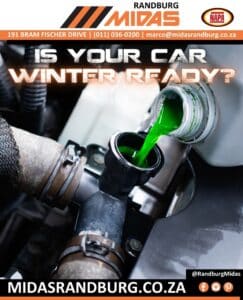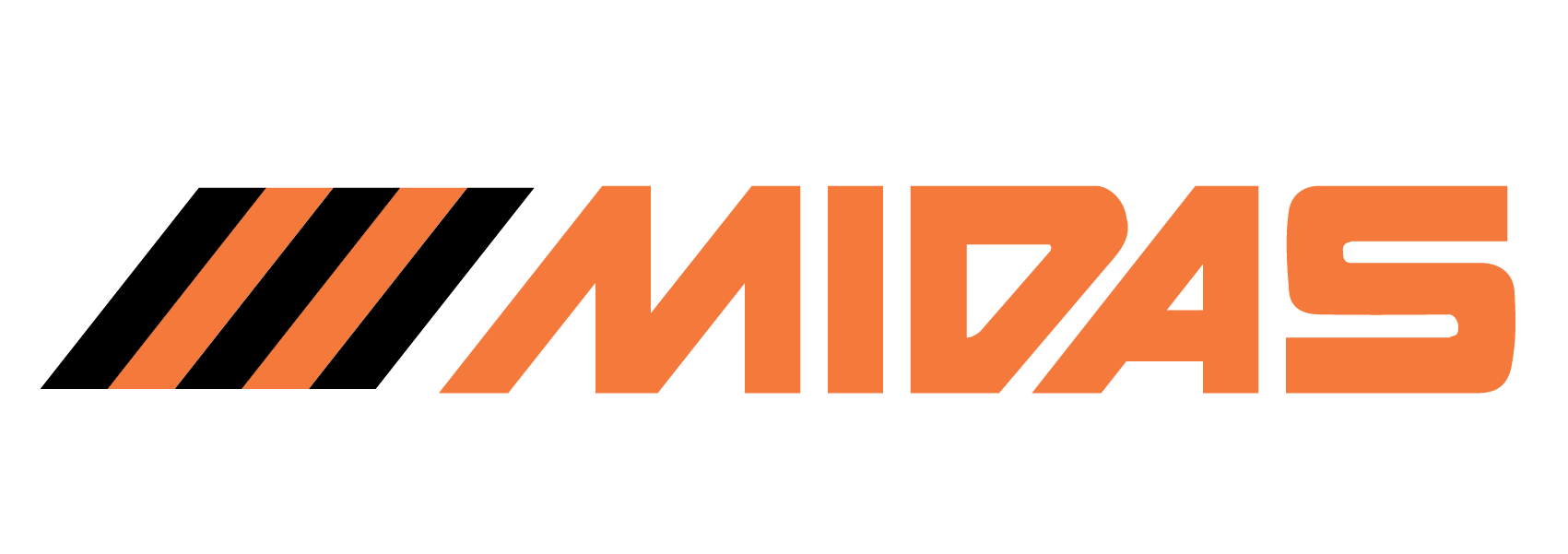After last year’s festive season we received a lot of requests for information on How to Tow a Caravan or trailer from followers who struggled. Follow these tips and towing will be a piece of cake on your next journey #SmokeBrake
Towing a Caravan, whether it is large or small, requires a regular review of the equipment, including the hitch and signals, as well as some extra safety and clearance precautions to ensure a secure drive.
If you are looking for any trailer maintenance parts such as hitches, coupling plugs or wheel bearings, Randburg Midas is your go to shop!
Pretrip Check
Before you hit the road with your Caravan or Trailer, make sure the trailer is safely connected to the hitch, and the brake lights and signals are working properly. First, check the hitch. For a regular ball hitch, the tongue on the trailer should be properly attached to the vehicle hitch, with the locking mechanism snapped and lock pin in place. If the hitch isn’t secure, it could off and go through someone’s windshield. A trailer connection to a vehicle should also have two chains, criss-crossing in an X shape, between the vehicle and the trailer.
Check the connection by pulling up on the trailer to try to pull it off the hitch, which you shouldn’t be able to do. If you can pull the hitch off, it must be reattached. Also check the clearance of the connection, and make sure any wheel or stand for the trailer is in the up or drive position.
Next, check the brake lights and signals. Connect the electrical wires from the Caravan or Trailer to the vehicle. If no one is available to tell you whether the lights work when you apply the brakes, use the reflection of another vehicle, window, or other reflective surface; or check in the dark.
It is very important that the brake lights work on the Caravan or Trailer. Otherwise, motorists are unable to tell when you are slowing (and in the dark, they won’t be able to see you at all).
If the Caravan or Trailer and hitch connection is good, and the trailer signals are working, you’re ready to drive.
On the Road
Before you hit the highway, though, make sure you’re familiar with driving your vehicle-trailer combination. A good way to get used to manoeuvring, including some practice backups, is to drive in an open parking lot, or at least a familiar area. Backing up can be especially difficult; try turning in the opposite direction you want to go. So if you want the Caravan or Trailer to go right, turn the wheel left.
The most difficult part of trailer driving for many motorists is making turns. While it does not seem like there might be a need for it, drivers pulling trailers must overshoot their turns, taking them wide enough so that the Caravan or Trailer’s path does not put it off the road or in contact with telephone poles or other street-side obstacles. Cutting a corner with a Caravan or Trailer will put the trailer, as well as pedestrians, other drivers, and yourself, in danger of collision.
If you start a corner too tight and get into trouble, stay calm and stop. Make sure the roadway behind you is clear, back up a little bit, and take the turn again wider. It will probably be the last time you cut a corner with a Caravan or Trailer!
Also be aware of the size of your Caravan or Trailer ―what is the clearance? Could you drive it through a 5-meter-high tunnel? Whatever’s on the Caravan or Trailer must be securely fastened down, to prevent debris and other safety hazards.
Remember that the larger the load, the longer it will take you to stop. Keep an extra safe distance behind cars in front of you, and test the stopping power of your vehicle and Caravan or Trailer before you have to stop suddenly, so you know what you’re dealing with.
Make sure you are within your vehicle’s towing capacity. Some large Caravan or Trailer have a braking mechanism that helps slow the trailer along with the vehicle.
The bottom line is to use caution and slow down.
Avoid Jackknifing
The other big thing to avoid when towing a trailer is what is called “jackknifing.” Named for the position of the vehicle and Caravan or Trailer, this is most common when backing up with a Caravan or Trailer. It is basically a situation where the angle between the vehicle and the Caravan or Trailer it is pulling is less than 90 degrees, or beyond an L shape to a V shape.
Avoid this by never letting the Caravan or Trailer position get beyond the L shape. When reversing with a Caravan or Trailer, just take it slow and get a feel for the Caravan or Trailer. Keep your movement of the steering wheel to a minimum, and remember, you can pull forward to straighten out, so if you are struggling, just start over. Jackknifing will damage the hitch and Caravan or Trailer, so be aware of it.
For more information on our impressive range of car care products and more, please contact us www.midasrandburg.co.za | (011) 789-4411 | marco@midasrandburg.co.za | 191 Bram Fischer Drive, Randburg.
Connect with us and share your photos of your goodies from Randburg Midas and tag #RandburgMidas
Facebook | Twitter | Youtube | Google+ | Instagram | LinkedIn | Pinterest
Source: http://www.dmv.org/how-to-guides/pulling-trailer.php






One Response